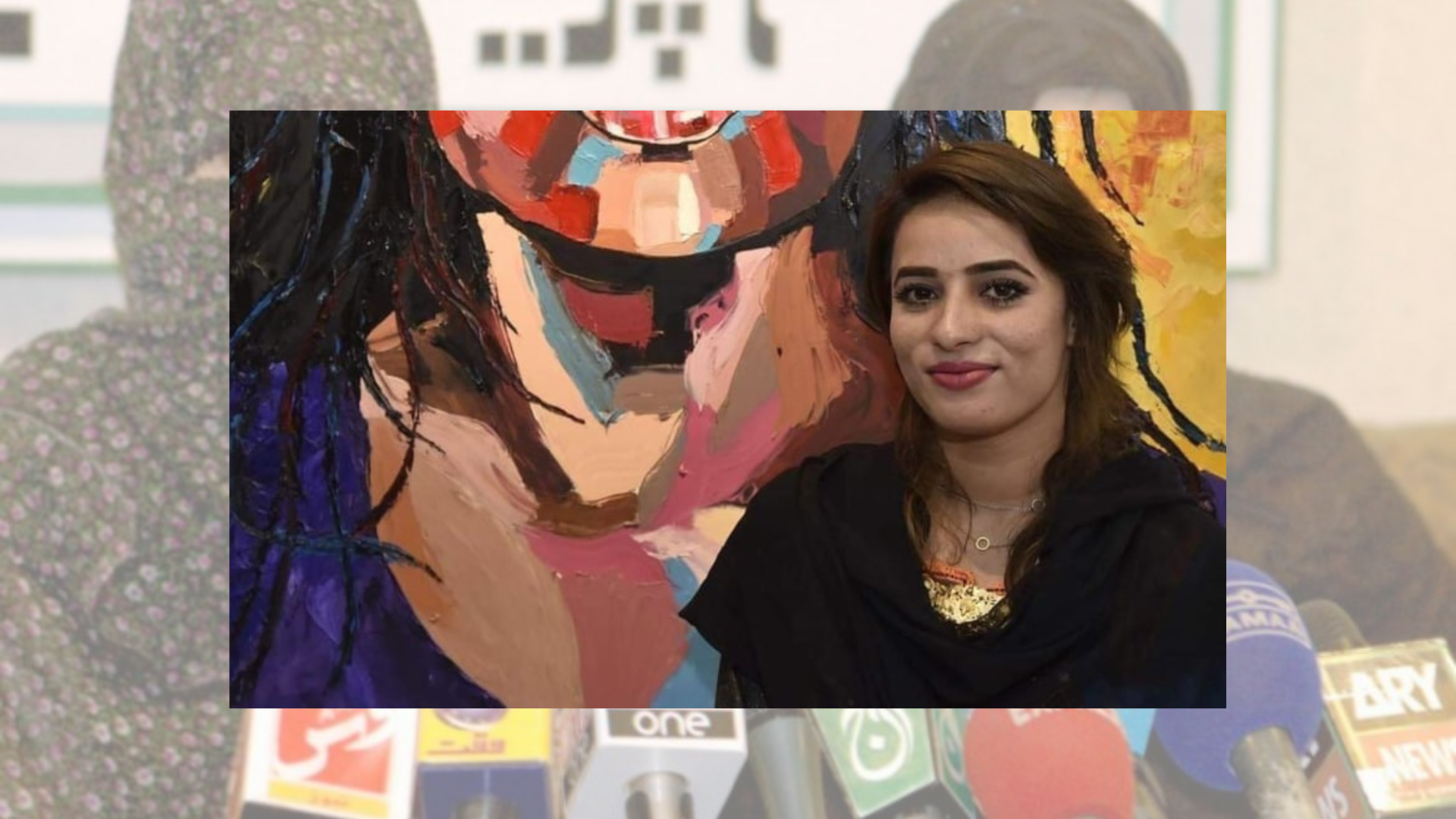A besieged land, secluded from the mainstream and at the mercy of the authorities is home to a variety of ethnic, linguistic, and cultural identities. Despite the richness of its untapped natural resources and cultural diversity, Balochistan continues to face many disparities including the dearth of female journalists, about whom this article discusses.
The representation of women in media is disappointingly low across the entire province, as only four working journalists are working (mostly in the provincial capital Quetta). On a yearly basis, more than 90 female graduates are coming out of the universities offering journalism degrees in Balochistan–the University of Balochistan (UoB), Engineering and Management Sciences (BUITEMS), Balochistan University of Information Technology, and Sardar Bahadur Khan Women University (SBKWU). But because of the patriarchal norms, cultural issues, harassment, intimidations, payment inequalities, and multiple insecurities, hardly any of these graduates dare to join the field of media.
Now the question arises, does this fall under gender discrimination or gender bias? Or should we call it a self-constraint and societal suppression? The simplest answer is that we need to check all these boxes. But what bothers many around the country is the fact that nothing is being done to address these problems at the state level; any efforts aimed at addressing this imbalance are met with ‘iron fists’ that apparently control the political and economic milieu of this province.
We can dwell some other time on Clive Hamilton and Markeike Ohlberg’s controversial book “Hidden Hand” in which they tried to detail the ways and means of the CCP’s influence by citing various anecdotes from across the Western world – in politics, business, universities, think tanks and international institutions such as the UN whereby they try to make a case that how any authoritarian power can use the tools of democracy to undermine the democracy in pursuit of its local and global ambitions. Here, however, we will try to dig a bit deeper to find out why 76 years after independence, Balochistan is left to be ruled by age-old traditions while the “power masters” of the country are churning out a host of media products like songs, tele-dramas and even telefilms to portray the country as one of the liberal outfits in South Asian region.
“The brutal murder of a young female PTV anchor person Shaheen Shah Baloch (from Ketch, Balochistan) allegedly by her own husband (in September 2020) happened to be still a chilling reminder to all the budding female journalists that even mild efforts at raising the issue of gender equality can prove fatal for them,” recalls a rights activities seeking anonymity. The police are yet to arrest the nominated culprit and the case seems to have been buried under the headlines but not in the social circles where female journalists still face not only verbal but physical harassment and are often reminded of Shaheen Shah’s fate.
Another female journalist working at a senior position for a national TV in Quetta shared one such ordeal where she was covering a protest rally taken out by nationalist leaders to demand from the federal government to help them find the whereabouts of “infamous missing persons” and controlling the “unknown and uncontrolled actors” from perpetuating the business of “missing persons”. “I was saved literally by my cameraman from a possible bullet from protestors because I was wearing non-traditional clothes and unlike protesting ladies was not wrapped in a veil from head to toe. I was holding a microphone and running along with my cameraman and crew to cover the protest when my cameraman saw that they had pointed a gun at me from behind, and he immediately told them in their local language that she was a journalist and was with us.” Another female journalist from Ketch shared that while covering a court hearing, the lawyers abused her, and after snatching her mobile, dragged her out of the court premises, just because “I was wearing non-traditional clothes.”
Pakistan has been ranked 150 out of 180 countries in its 2023 World Press Freedom Index. Since 1992, at least 61 Pakistani journalists have been killed in connection with their work, according to the Committee to Protect Journalists. The index claims that Pakistan “is one of the world’s deadliest countries for journalists, with three to four murders each year that are often linked to cases of corruption or illegal trafficking and which go completely unpunished”. A related report from the Pakistan Press Freedom prepared by the Freedom Network said that at least 140 cases of threats and attacks against journalists, media professionals and media organisations were reported in Pakistan over the past year, indicating an annual increase of over 60 per cent. Pakistan ranks 145 out of 146 countries on the World Economic Forum’s 2022 Global Gender Gap Index, and 161 out of 191 countries on the Human Development Report’s 2022 Gender Inequality Index.
The situation in neighbouring India is not encouraging as well on the account of press freedom because the same index shows that India has dropped to 161 compared to its 2022 ranking of 150, falling from “problematic” to “very bad”.
But should these two nuclear-armed neighbours take consolation from the fact that both of them are placed at the bottom of the global indices or should they start giving freedoms and rights to the media and especially women journalists? Easier said than done, isn’t it? It certainly needs deep soul-searching. Though, recent history and track record of Pakistan and many Asian countries indicate not a very encouraging scenario; however, Newton’s law of “every action has an equal or double reaction” is yet to be proven wrong.
Featured image of Shaheen Shah Baloch (www.dawn.com)

